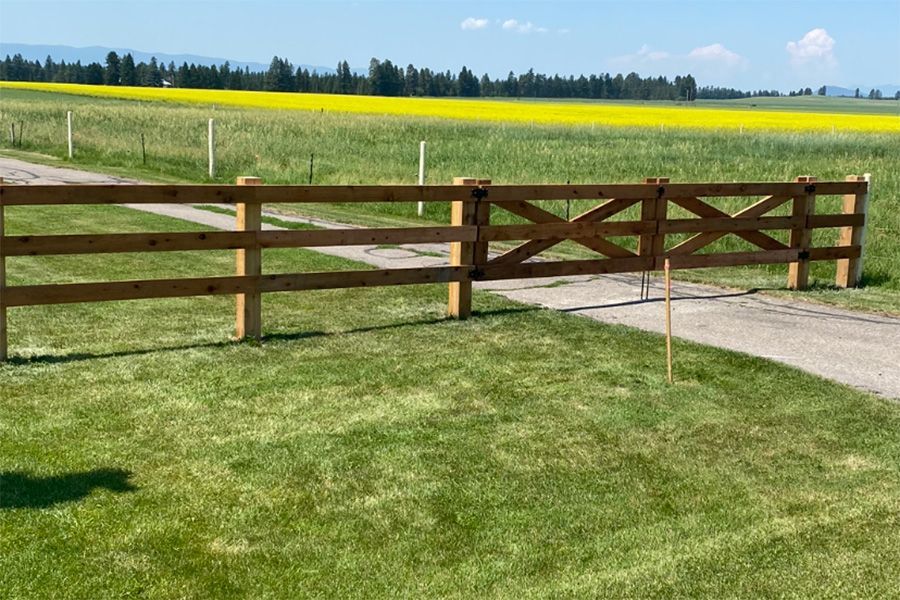Putting up a continuous panel fence may seem simple, but avoiding these frequent mistakes is crucial for success.
1. Inadequate Site Preparation
Proper site preparation is essential for a smooth installation. Skipping this step can lead to uneven fencing and long-term issues. Common mistakes include:
- Failing to clear debris and vegetation from the site.
- Not leveling the ground properly before installation.
- Ignoring soil testing to ensure stable post placement.
Tip: Ensure the site is thoroughly prepared to prevent future issues and costly fixes.
2. Measurement Errors
Getting the measurements right is essential for a perfect installation. Missteps here can lead to wasted materials and an uneven fence. Key issues are:
- Not measuring the entire perimeter of the fence line.
- Failing to account for gates and access points.
- Misjudging panel spacing or post placement.
Tip: Ensure accuracy by double-checking measurements and preparing a clear plan before beginning installation.
3. Choosing Cheap Materials
Using cheaper materials to cut costs can end up costing more in repairs or replacements. Here are some mistakes to watch out for:
- Using untreated or low-grade metal panels prone to rust.
- Choosing subpar hardware that weakens over time.
- Opting for cheaper finishes that don’t withstand harsh weather.
Tip: Quality materials may cost more upfront but will save you in repairs and replacements down the road.

4. Not Checking Local Fencing Codes
Each region has its own rules and regulations regarding fencing. Overlooking these can result in fines, disputes, or even the need to remove your fence. Common oversights include:
- Failing to check zoning laws and property boundaries.
- Skipping permit applications where required.
- Violating height restrictions or setback requirements.
Tip: Don’t skip zoning checks or permits—consult with local authorities to avoid problems.
5. Tips for a Successful Installation
Here are a few tips to help you avoid common installation mistakes and ensure a successful project:
- Plan Ahead: Create a detailed installation plan, including measurements and materials.
- Use the Right Tools: Ensure you have all the necessary tools, such as post-hole diggers, levels, and power drills.
- Work with Professionals: When in doubt, hire a professional to ensure the job is done right.
- Inspect as You Go: Inspect the installation as you progress to spot mistakes and fix them early.
Final Thoughts
By steering clear of these mistakes and following best practices, you can install a fence that lasts and enhances your property. Need assistance? Contact Montana Fence for expert advice.